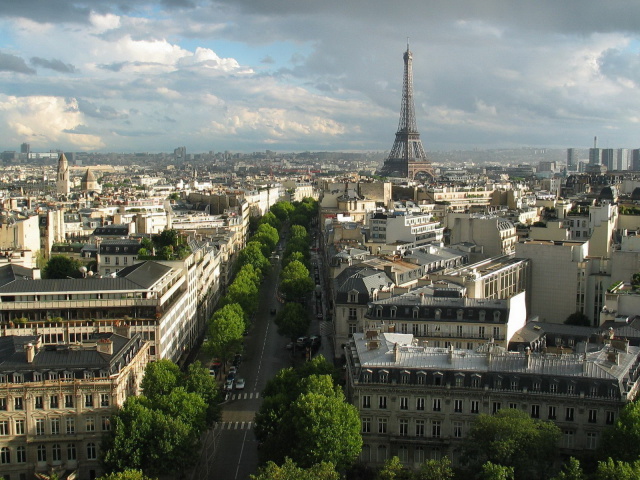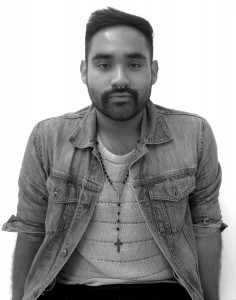
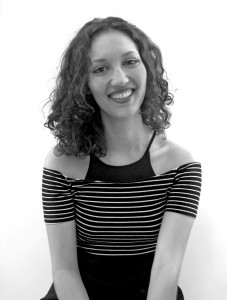
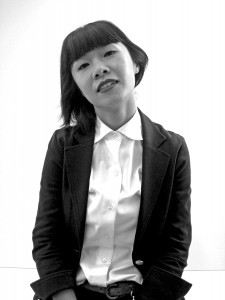
The designers: From left: José Dojaquez, 2014 BFA Knitwear Design, Jordan Rae Epstein, 2014 BFA Childrenswear Design, and Yuko Okudaira, 2014 BFA Fashion Design.
Photos by Rob Curry.
Every year a group of designers from the graduating class at the School of Fashion are granted the opportunity to share their work in front an esteemed audience at the Graduation Fashion Show in San Francisco. From that group, a select crop of recipients are awarded the Paris Sister City Scholarship Exchange, which is a foreign exchange opportunity for student designers to study in Paris at Ecole de la Chambre Syndicale de la Couture Parisienne or Studio Berçot. Nine months into their year-long exchange program, 2014 Paris Sister City Scholarship Exchange students Jordan Rae Epstein, 2014 BFA Childrenswear Design; José Dojaquez, 2014 BFA Knitwear Design; and Yuko Okudaira, 2014 BFA Fashion Design, fill us in what they’ve been up to overseas.
Malcolm Thomas: How is Paris?
José Dojaquez: Paris is truly amazing. It is such a beautiful and dynamic city with many things to do and new people to meet. Sometimes it’s easy to take living here for granted, but once in a while, when I get some free time, I stop and just look around. Walking down the Seine with the sunset in the background has been one of the most amazing things I have ever experienced!
Yuko Okudaira: Paris is gorgeous. I love it especially at a night, and in the rain.
Jordan Rae Epstein: I love it. Paris is incredibly beautiful and inspiring. Once José and I found an apartment, signed for a bank, and received a French cell phone (essentially became a documented person), it’s been gravy. I am finally getting the hang of school, I’m not afraid of grocery shopping, and have met some amazing people. I feel extremely lucky to have this opportunity here and hope to stay after I complete the school year.
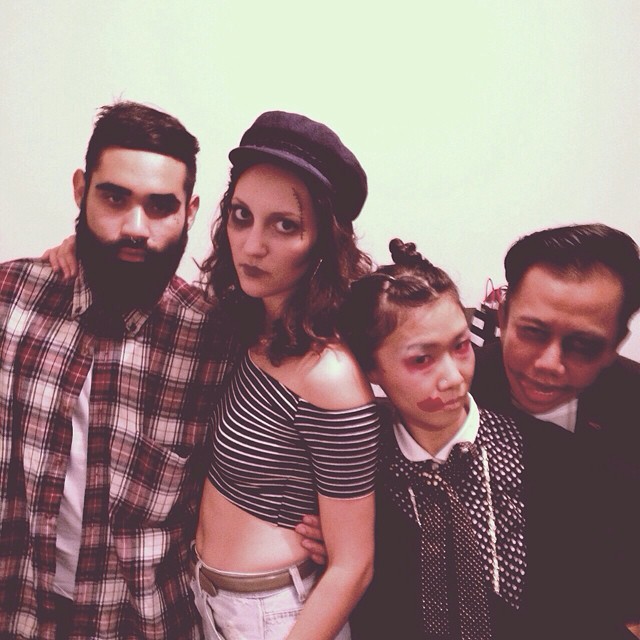
MT: What is your favorite thing about being in Paris?
JD: I think so far my favorite thing about Paris is the friends I’ve managed to make. People don’t give Parisian people enough credit. So far I’ve had little trouble with them, and I’ve generally found that I really like the people here.
YO: I love when it’s fashion week. You see models and the most fashionable people on the streets.
JRE: Walking around. French architecture, streets, monuments, etc., have a much deeper and richer history in comparison to the United States. To me, everything looks like a movie and has a romantic charm.
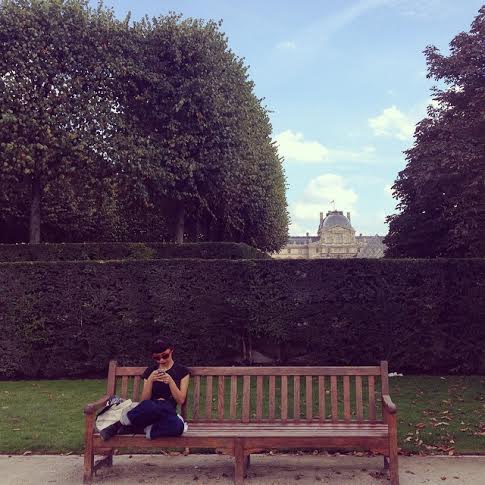
MT: What is the most exciting thing that has happened to you in Paris?
JD: The most exciting thing that has happened to me in Paris is probably seeing Karl Lagerfeld getting out of his car. Sounds a bit silly, but it was literally my first week in Paris and I was very star-struck.
YO: Seeing Pete Doherty everyday. He lived around corner from my first apartment in Pigalle.
JRE: A few things:
- When my “dossier” (portfolio) was chosen for display at my school’s open house. My project “flou” (creative cutting) will be presented alongside a few others for the public and industry visitors to see.
- Riding on my boyfriend’s motorcycle for the first time. One of our first dates was spent taking a tour of Paris (cliché…perhaps). Stupidly, I was trying to fulfill my Parisienne fantasies of riding in the back of a motorcycle wearing a skirt that would flow in the wind—a (sort of) Carrie Bradshaw moment…poor choices. Typical American.
- I am thrilled to be interning for Saint Laurent during Paris Fashion Week. These types of opportunities are not as easily available in the US and are especially rare if you are living in San Francisco. I am looking forward to helping in the showrooms as well as observing the whole process.
MT: Have you traveled to other cities?
JD: So far I’ve only been to Antwerp. I went there with a friend who goes to the Royal College of Fine Arts there and I loved the city. He managed to get me a private tour of the school, which was very inspiring. At some point I thought about going to this school, but it’s a four-year program and I think I’m very done with school now, haha.
YO: I haven’t.
JRE: London! The city was such a nice break from school and revived me after feeling overwhelmed with the rapid adjustment. I am planning a few trips for the spring and summer. Right now, it’s looking like Berlin, Amsterdam, all over Italy, and Nice.
MT: How is the school compared to the School of Fashion at AAU?
JD: School here is extremely different than the way it is in San Francisco. People are a lot more relaxed, but that’s not always a good thing. I’ve learned that it is a very French thing to change up schedules and classes without enough notice. It is also very fast-paced. We do entire projects in about one week and then move onto the next one. I’m not enjoying this very much as I feel I haven’t really been getting a lot of feedback, whether it is good or bad. The great thing about our school here, however, is that it is very well connected and they offer you many opportunities. Right now I’m working as a teacher assistant in the school, helping students from the first year do some knits and crotchet. It is very amazing to be able to have an opportunity like this!
YO: It’s different. It’s more relaxed and unstructured.
JRE: There are many similarities and differences, as with anything. I would say that it is a 50/50 split. Both schools have high expectations, a strong student body, and the drive towards preparing their students to be industry ready.
ECSCP is very technical. The students excel in the draping and sewing classes, finding new ways to cut and create new forms. I was beyond impressed with everyone’s jacket after our first hand-in. The skill level was so inspiring and definitely put a fire under my ass!
ECSCP demands more sewing, samples, and technical process work, whereas AAU required much more drawing, storytelling, and computer work. Process is key in both schools but organized differently. My portfolio from the Academy is much more consolidated in comparison to my developing dossier at ECSCP. My AAU sketchbooks were personalized “mind dumps” of images/illustrations, fabric samples, color swatches, sewn samples, etc.—however I wanted to organize it was acceptable. Chambre Syndicale requires an organized research binder, which then merges into a condensed dossier, focusing and reflecting your process work. It was challenging at first to adapt to a new way of thinking, but I am beginning discover a happy medium that I believe has begun to strengthen my portfolio.
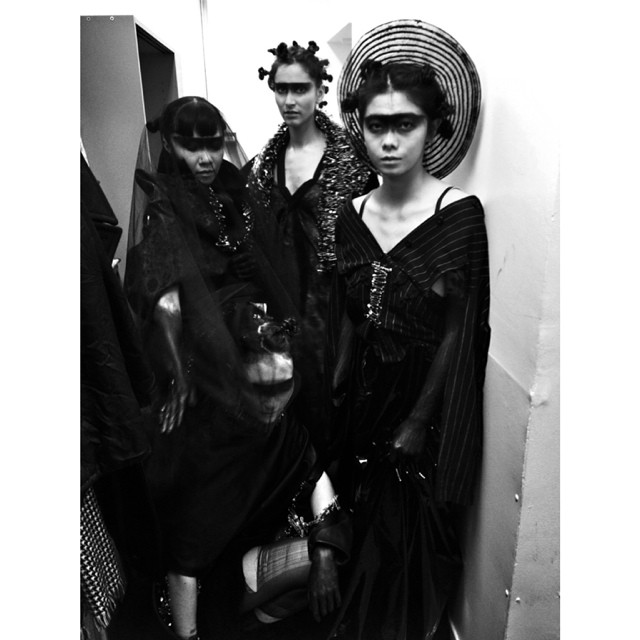
MT: What do you miss most about San Francisco?
JD: I miss everything about San Francisco. I miss the food, the places, the clubs, the people. Most of all, though, I miss my friends from there.
YO: I miss the weather, the fog, people, energy, dogs in parks, good cheap food: tacos, donuts, Saigon sandwiches, Chinese food, etc.
JRE: I miss being so close to my friends and family as well as the [easy-going lifestyle].
MT: Favorite memory of the School of Fashion at AAU?
JD: My favorite memory is definitely seeing my collection walking down the runway. That was such a big sigh of relief when it was all done and it was just amazing to be able to go have a celebratory drink after without having to worry about deadlines.
YO: I miss working late at the Polk Street building. I miss my friends in the School of Fashion.
JRE: I loved my final year at AAU and creating my senior collection. I found the year to be the most exciting, rewarding, and creative year in school. We had such a solid group of graduates that year and many hilarious moments in the 5th floor studio. On top of that, watching the children walk down the runway affirmed my desire to want to continue in design.
MT: When do you return to the US and what are your plans when you return?
JD: So far I have no plans to return. I’m definitely thinking about staying in Europe, possibly Stockholm, Barcelona or Berlin. Of course, staying in Paris for as long as I can is the goal, but if not, I think I want to go back to live in Mexico, since I haven’t been living there for almost eight years.
YO: I don’t know when I will be returning to the US. After I finish with school in Paris, I’d like to get an internship here and will come back to the States after.
JRE: At the moment, I have no immediate plans to move back. I would love to extend my stay and try to find work.
MT: Any advice for the next group going to Paris?
JD: Definitely know French. At Studio Berçot they will not speak to you in English. Making friends that can translate for you is the best option, but being able to communicate ideas is extremely hard if you’re not very comfortable with the French language. You’ll also have to have a very thick skin because the way they design in Paris is very different from the way they do in SF. You will definitely reconsider your design aesthetics. Just have a very open mind.
JRE: If you can invest your time and money into French lessons, do so. Look into housing options prior to arriving. The apartment market is incredibly competitive and difficult as a foreign student. Do not adhere to cultural stereotypes. Be tolerant of things that may feel different—keeping an open mind and not taking things personally is the key to success in a foreign country. Read about the French education system in comparison to American schooling. There is a huge difference in the way that the classroom is run, grades are marked, your relationships with professors, etc. If you have a better understanding of the differences from the get-go, you will ease right in. Thicken your skin and be able to have a sense of humor.
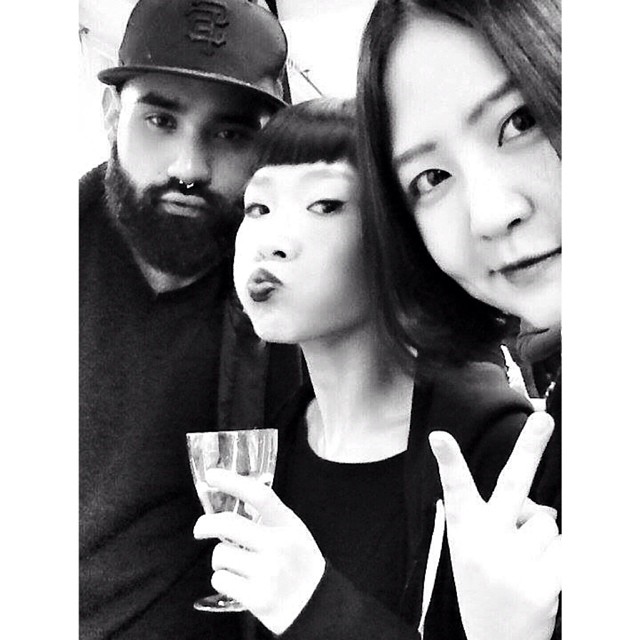
Au- revoir!
By: Malcolm Thomas

